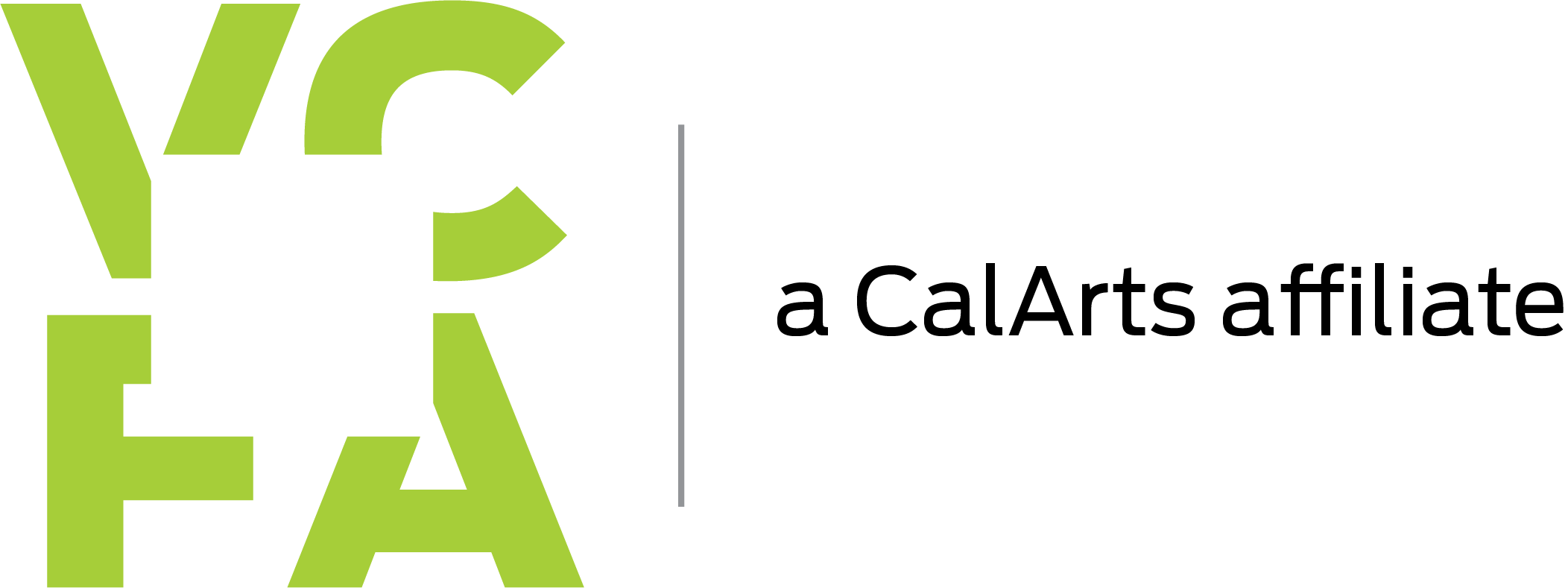STUDENT STORY: Fernando Del Rosario, 2026 Graphic Design
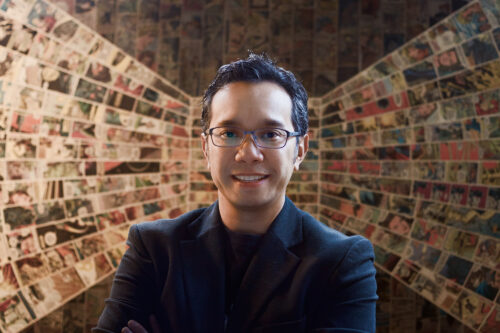 “Graphic design is like the center of a roundabout, each street branching out from the roundabout are the different creative paths: illustration, animation, motion graphics, art direction, web design, etc. But all of them encircle graphic design….” –Fernando Del Rosario (GD ’26)
“Graphic design is like the center of a roundabout, each street branching out from the roundabout are the different creative paths: illustration, animation, motion graphics, art direction, web design, etc. But all of them encircle graphic design….” –Fernando Del Rosario (GD ’26)
Current VCFA MFA in Graphic Design student Fernando Del Rosario (GD ’26) has spent nearly three decades carving out a unique space for himself in the advertising and design industry. As the CEO and Creative Director of ConceptZombie LLC, he has worked with top brands such as Hyundai, Hot Wheels, Taco Bell, and more. As a professor and the visionary behind the non-profit that uses design to uplift graphic design students and small businesses, CREATIVE AID, he has supported the early careers of dozens of emerging designers and artists.
Now in his second semester at VCFA, Fernando Del Rosario has not only positively impacted our community as the President of the Student Leadership Council, but has already been named a 2025 GDUSA Student to Watch—a distinguished honor in the field of graphic design.
VCFA spoke with Del Rosario about his entrepreneurship, creative origins, and his VCFA mentors. Read excerpts from our interview below, and learn more about Del Rosario’s work at conceptzombie.com.
The Interview
Q: You’ve spent nearly three decades in the advertising and design industry, but take us, for a moment, back to the beginning of it all. What was it about the design world that originally drew you to it all those years ago?
A: Spending the first 11 years of my life in the Philippines, my earliest memories of creativity were first inspired by a stack of random comic books my mother arbitrarily bought for me. I was not an avid reader as a kid, so I just looked at the drawings all day long. I truly enjoyed the vibrant and rich imagery of the comic book panels—the dynamic angles and perspectives of the action sequences, the fantastic costumes, the hyper realistic portrayal of characters, and the “superhero” stories that fueled my imagination. I was hooked.
I started drawing my own comic books without any formal training or even the right set of pencils and pens. I just began creating and writing my own stories. To this day, I still have some of them. Although I cringe every time I look at them now, the vivid memories and palpable excitement I had while making those comic books remain fresh in my mind and heart.
My father was a freelance architect, and my older sister studied interior design before eventually becoming a graphic designer when we moved to the United States. Both of them were my first creative influences. I still remember my father making me a Captain America shield out of a cardboard box. But instead of drawing a star in the middle, he drew Captain America himself. I remember thinking how cool it was that he didn’t do what was expected. Instead of the star, he illustrated the actual character, making the shield more memorable and stunning. That moment planted a seed in my mind—that as a creative, you don’t have to do what is expected. You have the freedom to make something different, something more interesting. I wish I still had that shield.
After moving to the United States and growing up in the suburbs of Michigan, I continued drawing and collecting comic books. I even bought the 1988 VHS tape How to Draw Comics the Marvel Way by Stan Lee and John Buscema, based on the book of the same title. Since I was not a fan of reading, when I saw an ad in a comic book promoting a video version, I was quick to order it!
In Michigan, if you were interested in art, it was a given that you would apply to CCS (College for Creative Studies) for college. I was barely accepted because of my atrocious grades and I was accepted because of my portfolio from high school. Thinking that I was awesome and had the talents to be a comic book artist, I was quickly put in my place as I saw the incredible talents my classmates had when it came to illustrations and drawings. That is when I realized that Graphic Design was the hub of many of the creative avenues.
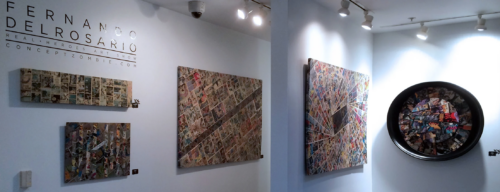
Graphic design is like the center of a roundabout, each street branching out from the roundabout are the different creative paths: illustration, animation, motion graphics, art direction, web design, etc. But all of them encircle graphic design, and I love that idea. Being able to touch all aspects of visual creativity and understanding this concept paved the way for my creative career as an Art Director and eventually to be a Creative Director. Collaborating with copywriters, illustrators, animators, storyboard artists, directors, editors, music composers, colorists, printers, package designers, etc. further fueled my creativity.
 Q: You’re the Creative Director and CEO of ConceptZombie LLC. Can you tell us more about the work and mission of ConceptZombie, and how it came to be?
Q: You’re the Creative Director and CEO of ConceptZombie LLC. Can you tell us more about the work and mission of ConceptZombie, and how it came to be?
A: In 2014, after working for the big name agencies in Southern California for over 20 years, my wife and I decided to take control of the uncontrollable—time. I wanted the flexibility and freedom to spend more time with our then 8-year-old twins, and venturing into freelance work as an Art Director/Graphic Designer seemed like the right way to achieve this objective.
Instead of working for one ad agency for multiple years, I would now work with multiple companies for weeks or months at a time. In addition, my wife and I made the decision to homeschool our children, further allowing us to take control of our time. This allowed us to travel and explore, taking both my work and our schooling on the road. We spent several weeks living in Lyon, France, and San José, Costa Rica. I was able to connect and collaborate with creative agencies in Portland, Chicago, and the East Coast while simultaneously building a growing roster of direct-to-client projects.
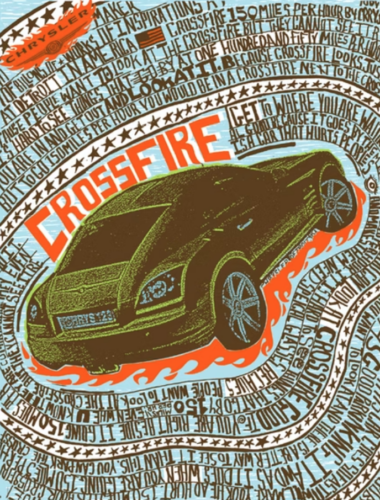 Over time, more clients were choosing to work with me directly, leading me to transition from freelancing with ad agencies to building my own company. I began hiring other designers to manage the overflow of work, but flexibility and freedom remained central to my company’s structure. That became the foundation of ConceptZombie LLC. Everyone had the ability to balance their personal lives with their work—there were no fixed hours, as long as we met client presentations, meetings, deadlines, and deliverables.
Over time, more clients were choosing to work with me directly, leading me to transition from freelancing with ad agencies to building my own company. I began hiring other designers to manage the overflow of work, but flexibility and freedom remained central to my company’s structure. That became the foundation of ConceptZombie LLC. Everyone had the ability to balance their personal lives with their work—there were no fixed hours, as long as we met client presentations, meetings, deadlines, and deliverables.
I also made it a priority to hire former students and recent graduates. By that time, I had been teaching for 12 years and had developed a vast and continually growing network of creatives. ConceptZombie LLC. became a launchpad for young designers, helping them break into the creative industry while accommodating their busy schedules.
Today, ConceptZombie LLC. has helped launch the careers of dozens of graphic designers, empowering them to find their place in the industry and continuing to inspire their love for design and creativity.
Q: Additionally, can you speak more about your non-profit Graphic Design/ Advertising agency, CREATIVE AID?
A: When the pandemic hit our communities in 2020, ConceptZombie LLC. was already operating as a fully remote company, allowing us to seamlessly support both our team and our clients. At the time, my gut told me that COVID-19 was going to be a game changer, and I knew the ones who would be most affected were small local businesses and non-profit organizations.
I had worked with multimillion-dollar clients, and they were going to be fine. The Hyundais, Taco Bells, and Mattels of the world would survive. But the local donut shop or the Chinese restaurant around the corner—they were the ones that would truly need help. So, I launched CREATIVE AID, a non-profit advertising and graphic design agency.
I teach a senior-level graphic design capstone class at Cal State University Fullerton (CSUF), and when the pandemic hit, the entire campus went remote. I knew this would be difficult for all 25 students in my class. Wanting to provide both purpose and experience, I reached out to small local businesses to see what creative support we could offer during the shutdown. I then turned these needs into a design project and briefed my students.
The design students created content, ads, and promotions for these local businesses, presenting their work via Zoom. Clients provided feedback, and the students revised and finalized the designs. In the end, all creative work was delivered to the businesses pro bono to help them navigate the crisis.
CREATIVE AID provided a deeper sense of purpose to design students stuck at home while also offering much-needed support to local businesses. It gave everyone a sense of community and collaboration at a time when we were physically separated.
This year (2025) marks CREATIVE AID’s five-year anniversary, and we have now worked with over 100 small and mid-sized businesses and non-profit organizations across the United States. My goal is for the CREATIVE AID program to be available in every college and university in the world, ensuring that more students and businesses benefit from this impactful initiative.
Q: After years of experience in the field, what led you to making the choice to return to graduate school and earn your MFA at VCFA?
A: In 2002, my creative career was on an exciting and very fun vertical trajectory. I was learning so much about creativity, art direction, production, client presentations, and teamwork. But I was afraid that all the wonderful things I was doing and learning weren’t going to “stick” with me. The solution I came up with was simple: share what I was learning. Teach it. Talk about it. Pass it on to anyone willing to listen.
That’s when I discovered a local art school in Orange County. They gave me the opportunity to teach a graphic design class once a week at night—and I took it. Now, 23 years and four colleges/universities later, I’m still teaching, and I still love every moment of it.
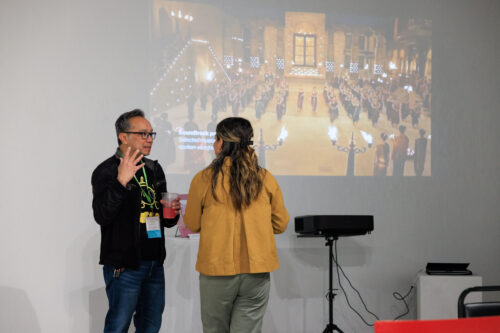 As I enter the next stage of my creative and teaching career, full-time tenure-track graphic design professor positions are beginning to present themselves. Just as I was taught at CCS to equip myself with the right tools to do my job well, pursuing my MFA, my terminal degree, is my way of continuing to sharpen those tools.
As I enter the next stage of my creative and teaching career, full-time tenure-track graphic design professor positions are beginning to present themselves. Just as I was taught at CCS to equip myself with the right tools to do my job well, pursuing my MFA, my terminal degree, is my way of continuing to sharpen those tools.
VCFA’s low-residency model is the perfect program to fit my busy schedule, aspirations, and goals. Its community-focused approach aligns seamlessly with the way I run my organizations, company, and classrooms. The emphasis on open communication and the possibilities of cross disciplinary collaboration across graduate programs reflects my own personal and professional pedagogy, making VCFA an ideal environment for my next academic and creative journey.
Q: VCFA runs on the low-residency mentorship model. Who have been your mentors so far in the program, and what’s one piece of advice from each of them that has stuck with you and influenced your work?
A: I am currently in my second semester of the Graphic Design program at VCFA. Last semester, my advisor was Natalia Ilyin, and this semester, I am working with David Jon Walker.
Natalia, an incredible and accomplished writer, helped unlock a passion I never knew I had—the love of writing. She helped me realize that writing is just another design tool to add to my creative arsenal, much like Adobe programs, typography, color psychology, shapes, and patterns. But now, alongside those tools, I also have words, sentences, paragraphs, stories, and poems to express my creativity. My creative mind was absolutely blown—it reminded me of when I first discovered the unlimited potential of Photoshop. It is the same with written words!
Although I’m only a few months into this semester, David Jon Walker has already reinforced the importance of believing in my work and my creativity. A quote from him will continue to live rent-free in my mind:
“At this point in your life, your creativity, career, and experiences—you don’t have to sell it. Trust yourself, do the work, and present it unapologetically.”
As an accomplished creative and a seasoned educator, I am humbled and grateful to be part of VCFA—a place where I am surrounded by talented creatives whom I deeply trust and respect.
Q: After nearly three decades in the advertising and design industry, what’s one piece of advice you would give to any designer?
A: One piece of advice is not enough. Here’s a rapid-fire list:
-
- With creativity, nothing is impossible—everything is a possibility.
- Push through the suck.
- Perfection is a farce.
- Work hard. Have fun. Be nice.
- “You can’t use up creativity. The more you use, the more you have.” -Maya Angelou
- Lastly, be grateful.
